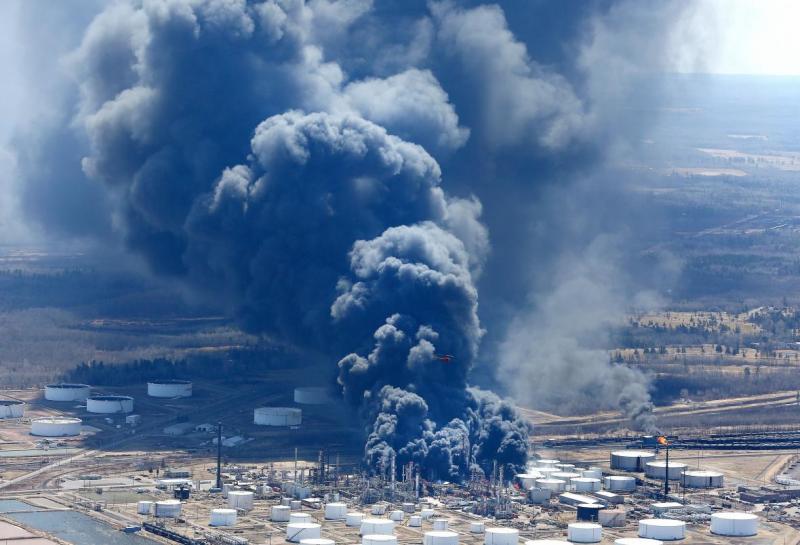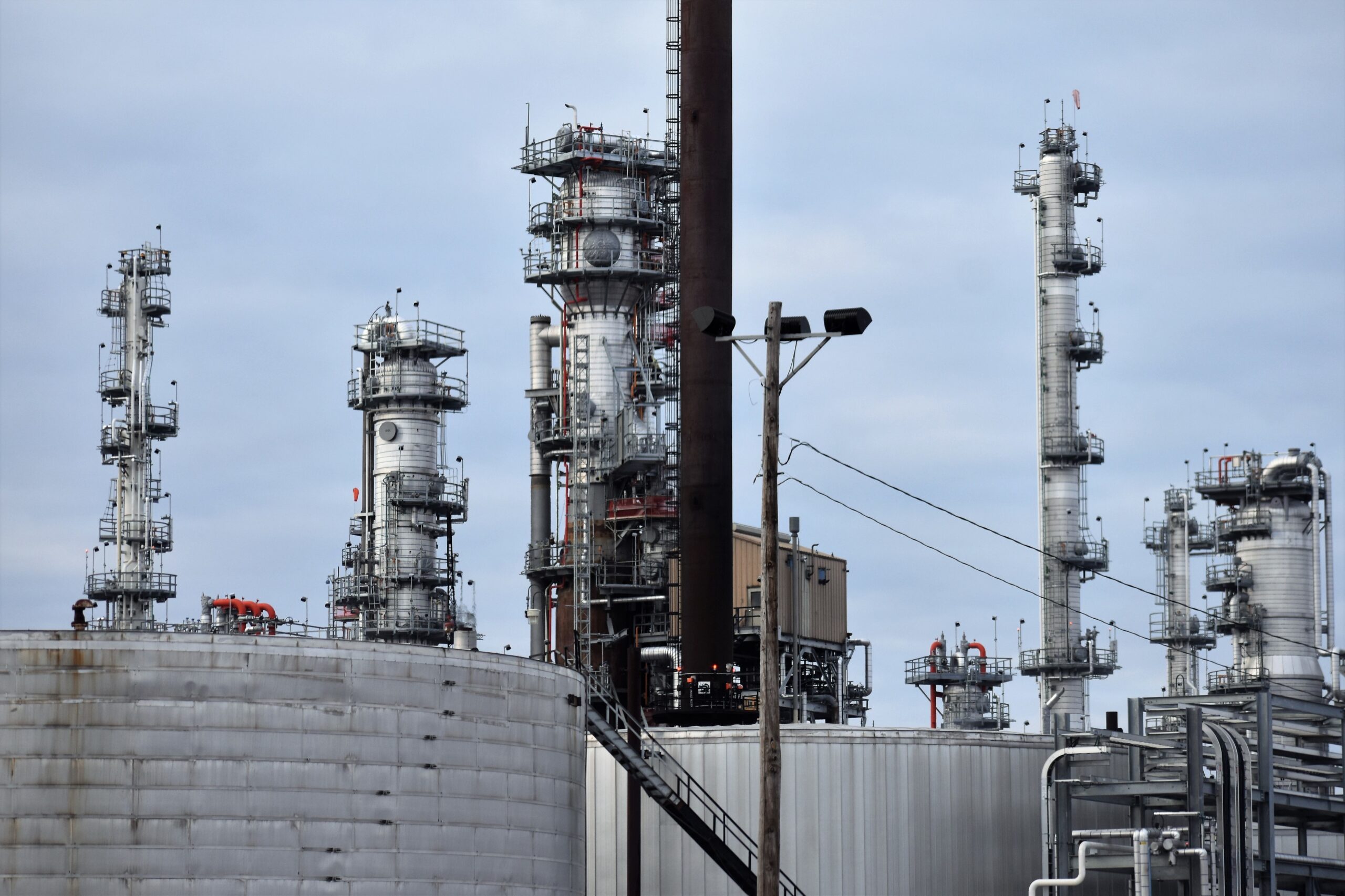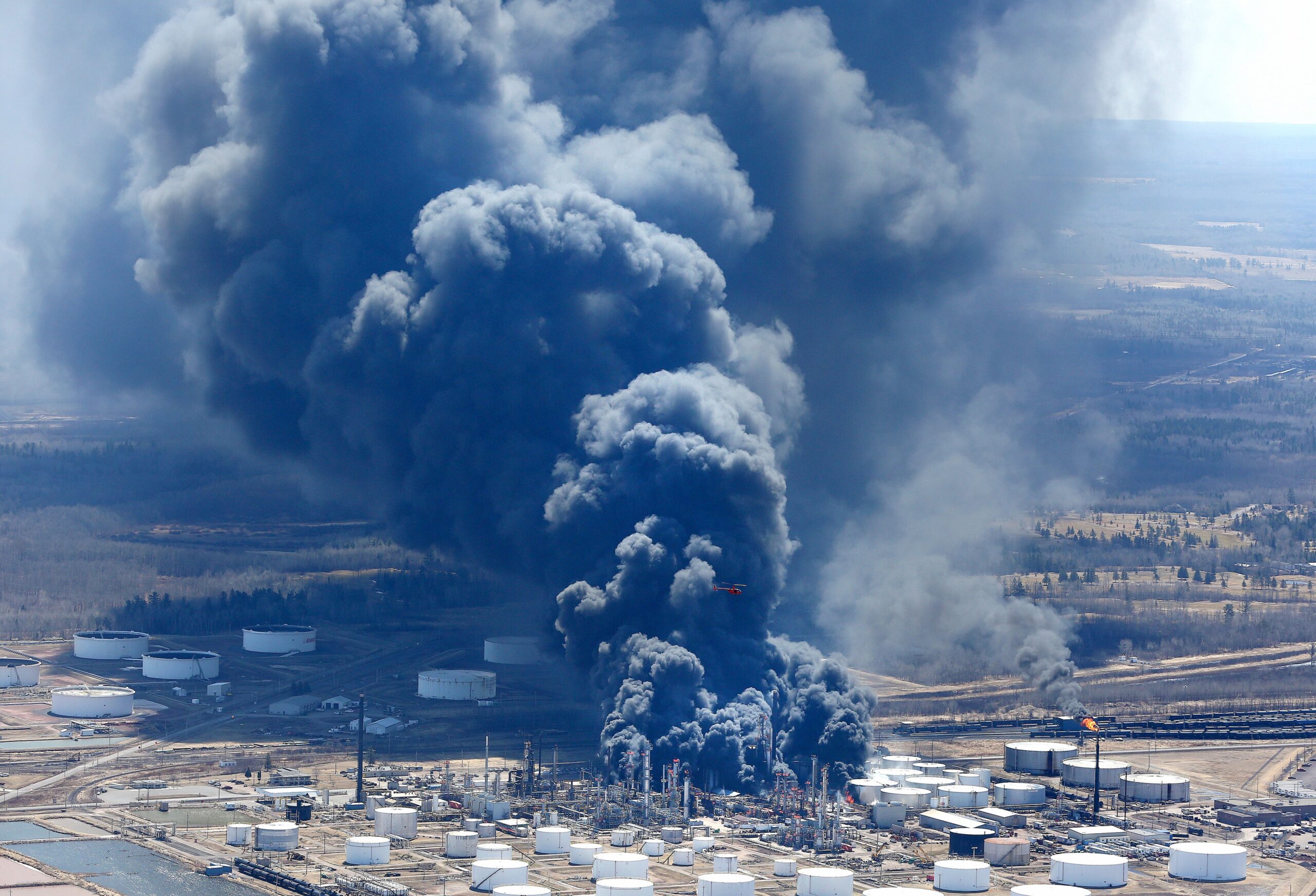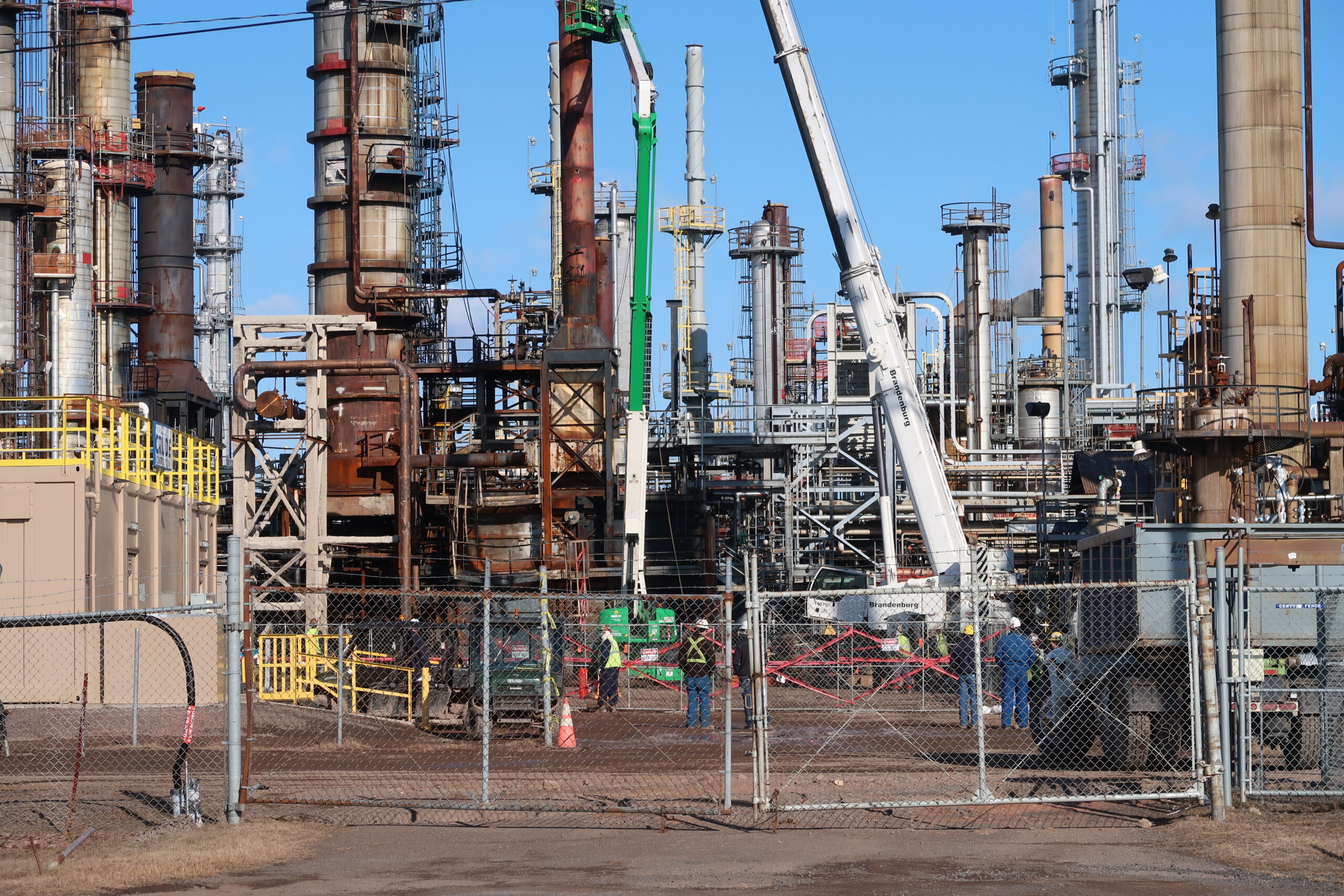The U.S. Chemical Safety Board is calling on the U.S. Environmental Protection Agency to revisit a 1993 study on hydrofluoric acid in the wake of an explosion and series of fires at the Husky Energy oil refinery in Superior last year.
Kristen Kulinowski, the CSB’s interim executive, said the agency should examine existing regulations and risk management procedures.
“We’d also like them to examine the possibility of replacing this material with inherently safer alkylation technologies, which are now coming online and being tested in some facilities around the country,” she said.
Stay informed on the latest news
Sign up for WPR’s email newsletter.
In 1990, Congress passed amendments to the Clean Air Act that required the EPA to promulgate its risk management plan rule, process safety management for the Occupational Safety and Health Administration, and create the Chemical Safety Board. The idea was those elements would provide a framework to protect workers and communities from the release of hazardous materials, as well as identify the reasons behind accidents and recommendations to prevent them.
“Over the years, the CSB has found some deficiencies in the application of these programs in or in fact in some of the elements,” Kulinowski said.
She said in some cases they saw failures in the application of those standards while in other circumstances the standards didn’t anticipate the hazards that may exist at sites.
“In this case, hydrofluoric acid is recognized in the regulatory framework as a hazardous substance, and there are programs to control and manage the risks,” she said. “But, we find that despite these programs we still have incidents that occur across the country on a weekly basis — certainly serious incidents less frequently than that. But, these programs are not alone sufficient to protect communities from all the hazardous substances that may be in their midst.”
Kulinowski said they hope the EPA will update its study to prevent further incidents similar to the refineries in Torrance, Calif., and Superior.
“We would like to see the protective action taken before we have to suffer some terrible tragedy, and we’re hoping that EPA agrees and takes a fresh look at HF, the risk management plans and potentially safer alternatives,” she said.
An EPA spokeswoman said the agency is reviewing the CSB’s letter.
Congress directed the EPA to conduct the study in 1990 to pinpoint impacts to the environment and human health. Since then, an explosion at the ExxonMobil refinery in Torrance, California occurred in its fluid catalytic cracking unit in 2015, which is similar to the explosion that occurred at Husky’s refinery in Superior last year.
Hydrofluoric acid, which is also known as hydrogen fluoride, is a highly toxic chemical that can be hazardous to human health if released. The chemical can kill at concentrations of 30 parts per million, according to the CSB.
In a statement Wednesday, Husky spokesman Mel Duvall said the company appreciates the value the CSB provides to promote safety across the industry.
“The hydrogen fluoride (HF) safety systems in place in April 2018 operated as designed during the incident and there was no release of HF,” Duvall wrote in an email. “The refinery has already installed additional protective measures, such as a laser detection system.”
Duvall added the company also plans to add a rapid acid transfer system to transfer the chemical to another holding tank in the event of a release. He said they also plan to incorporate more layers of water mitigation that may include additional water curtains or cannons, as well as enhanced leak detection.
“The refinery has safely used HF for almost 60 years, and the proposed additional safety features and modernizations will further enhance safety for the refinery and our neighbors,” wrote Duvall.
Fears over a potential release of the chemical prompted the evacuation of Superior residents last spring. Debris from the explosion came within 150 feet of the hydrogen fluoride tank.
Around one-third of the nation’s 150 refineries still use the chemical in its refining process. The chemical is used as a catalyst in producing high octane gasoline.
More than one-third of roughly 1,600 Superior residents surveyed this winter by a local activist group said they would like to see the use of hydrogen fluoride banned in the city. Three dozen people were injured as a result of the explosion last April, according to the CSB’s update on its findings last August.
Kulinowski said recent incidents in Houston, Texas, have delayed the completion of other open investigations, including the CSB’s investigation into the Husky refinery incident.
In March, several ground storage tanks were engulfed in flames at the Intercontinental Terminals Company site in Deer Park Texas, near Houston.
“We’re diligently working on all of our investigations, and we expect the Husky report to be released hopefully at the end of this calendar year,” she said.
Wisconsin Public Radio, © Copyright 2024, Board of Regents of the University of Wisconsin System and Wisconsin Educational Communications Board.






